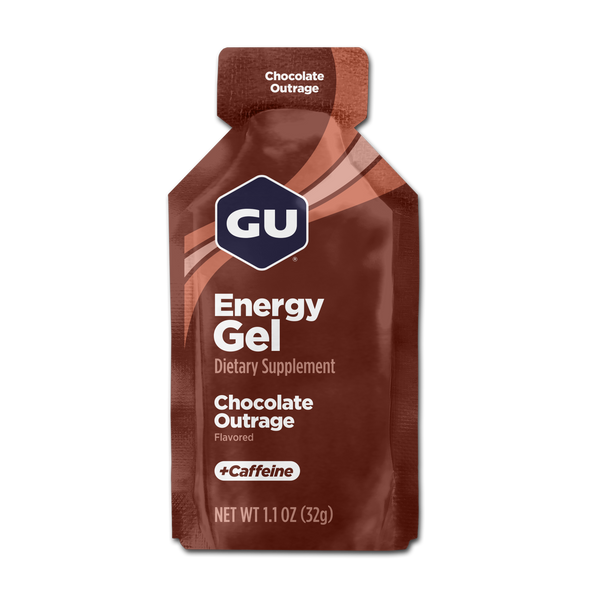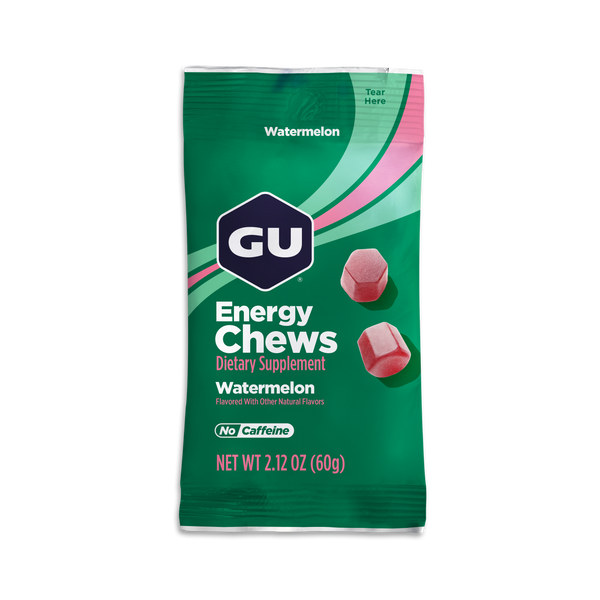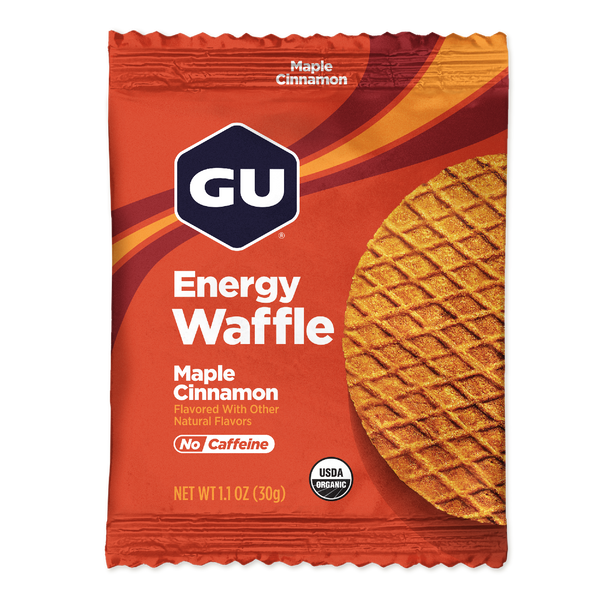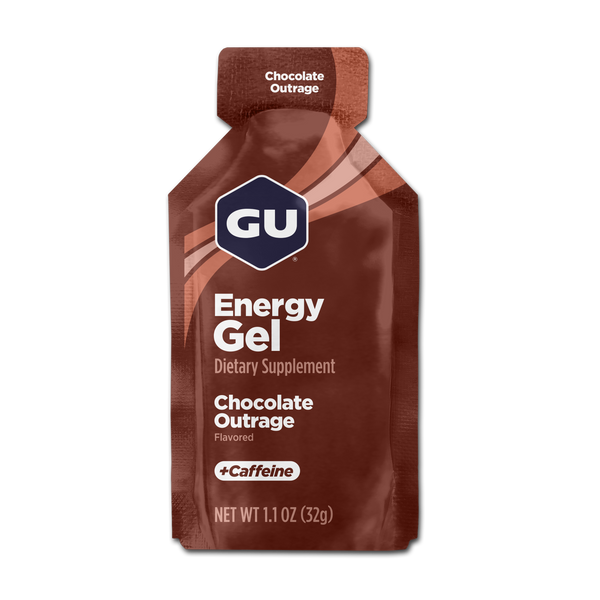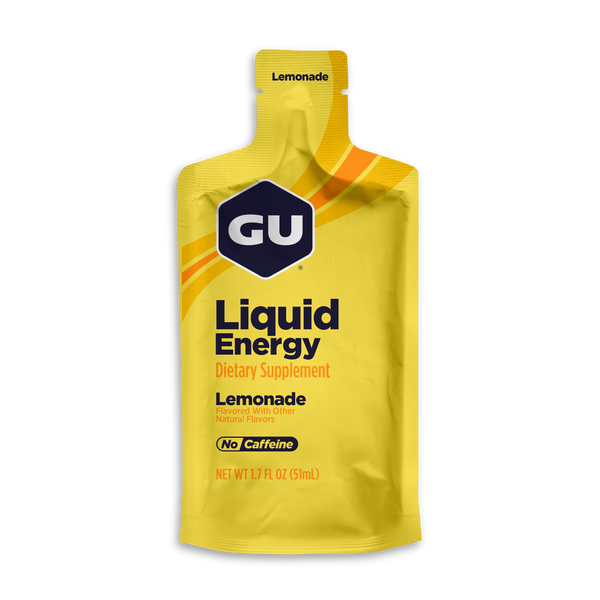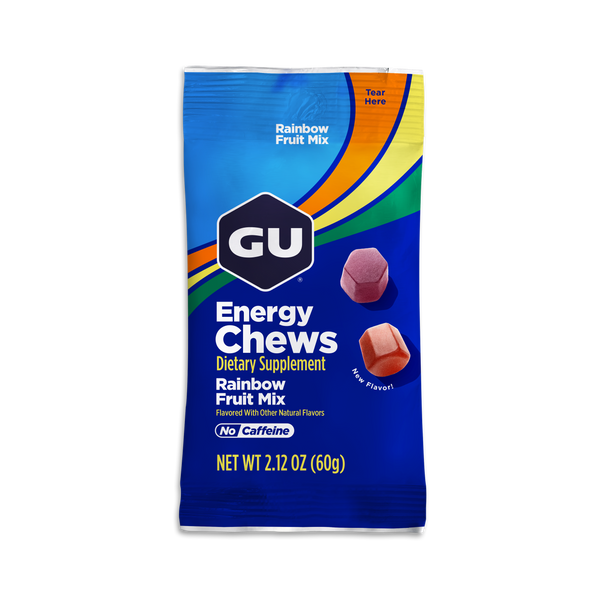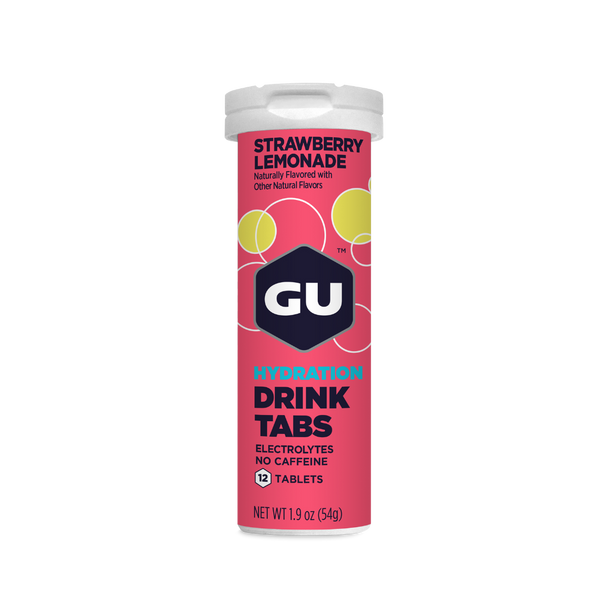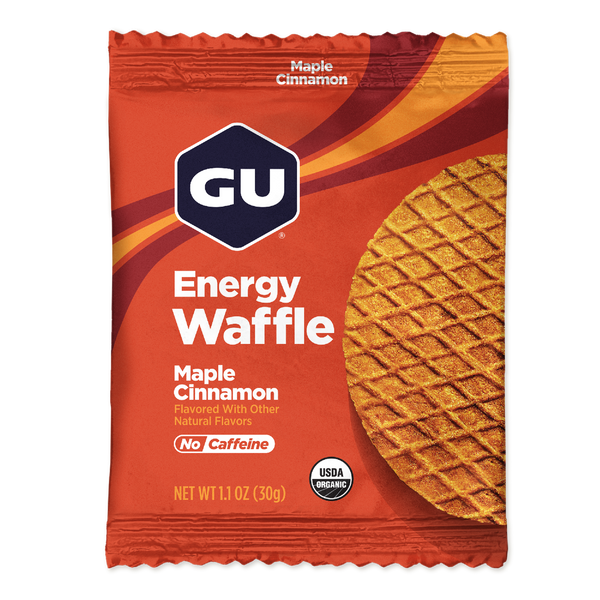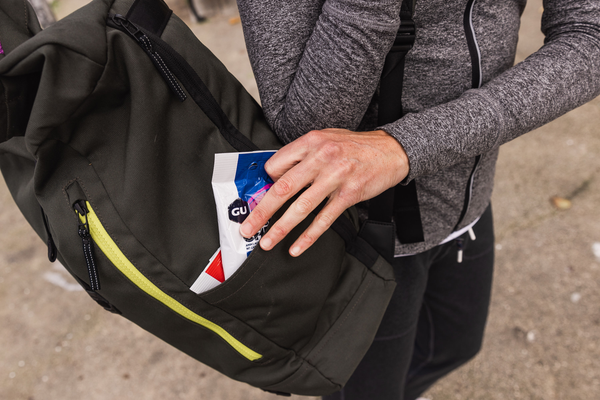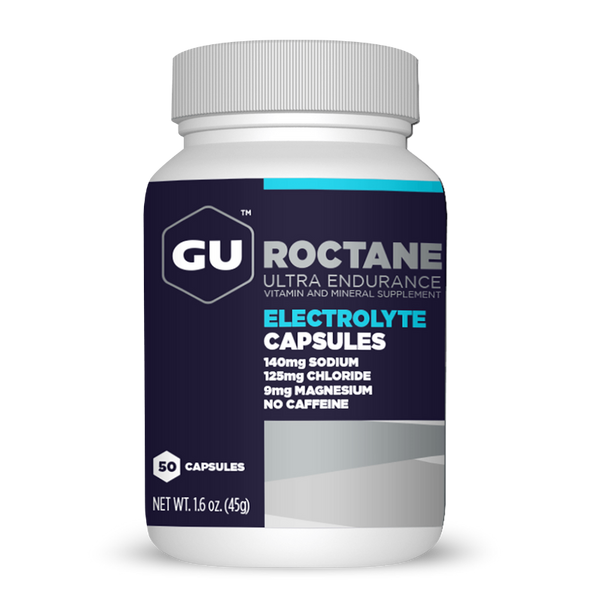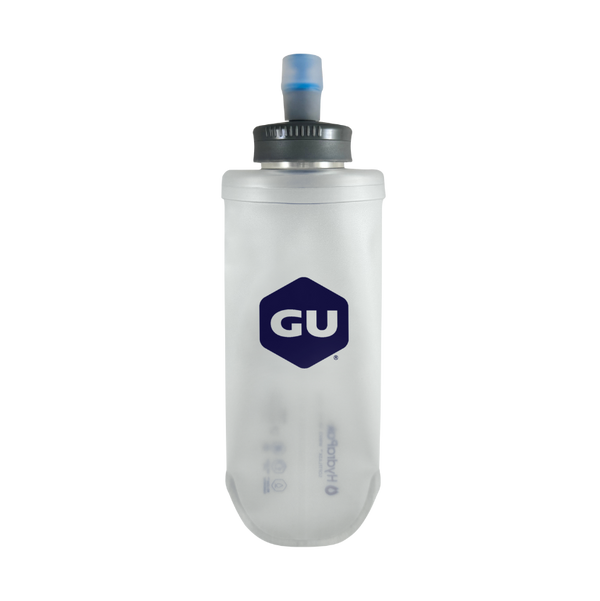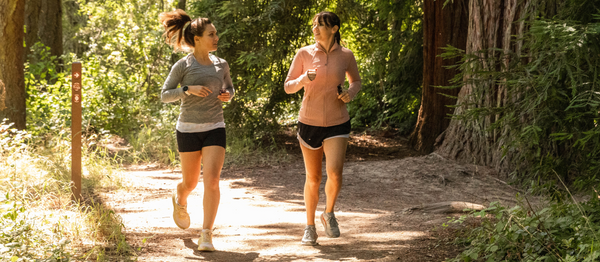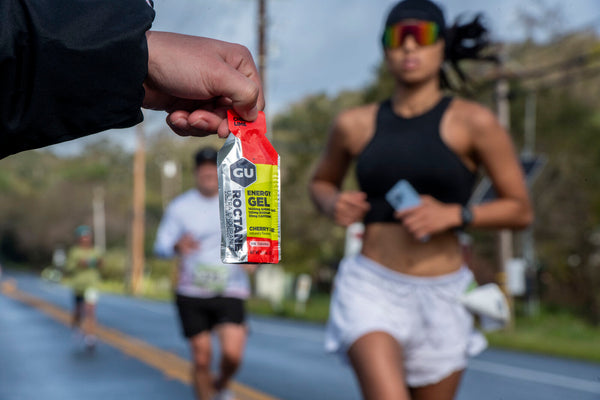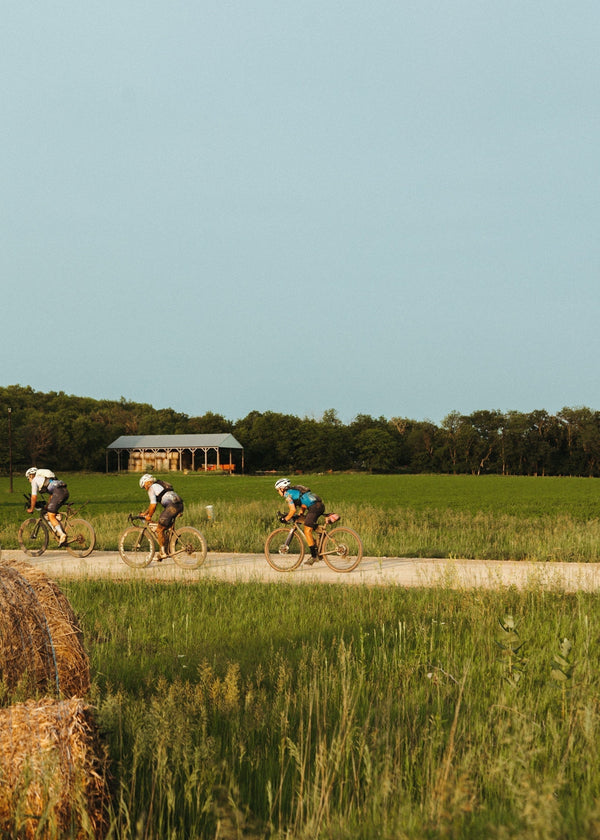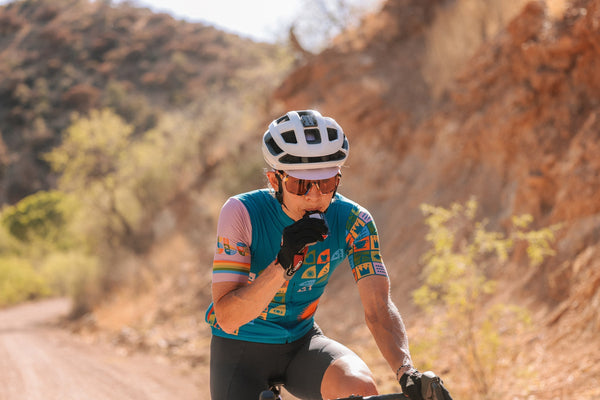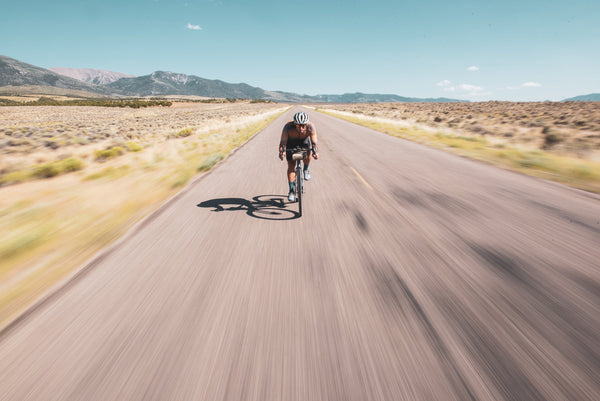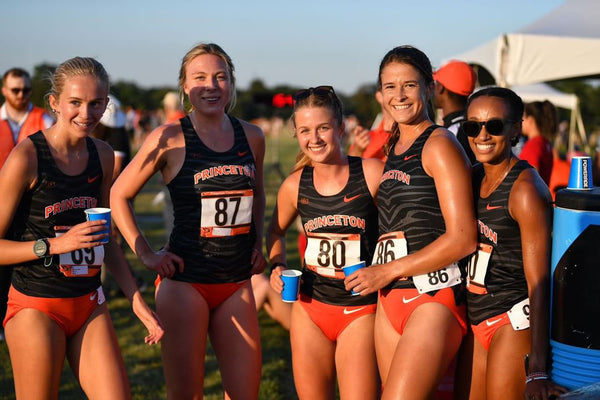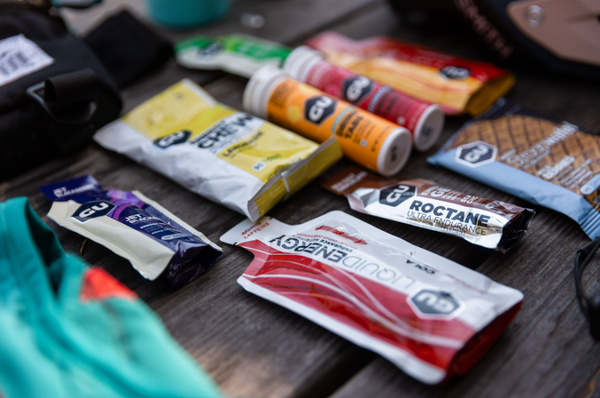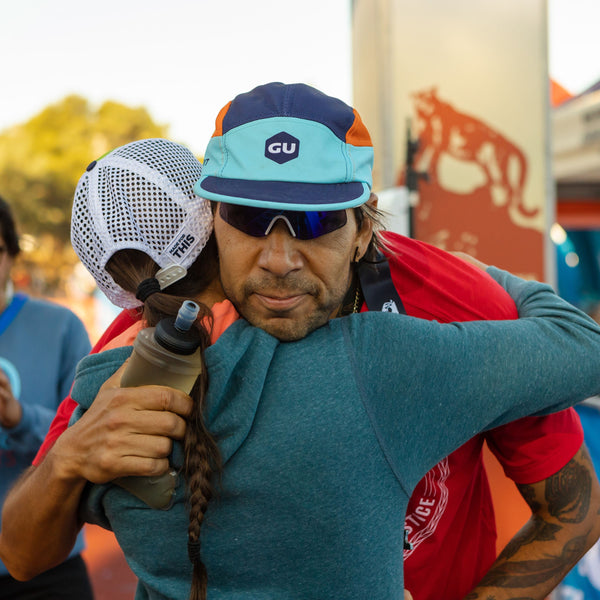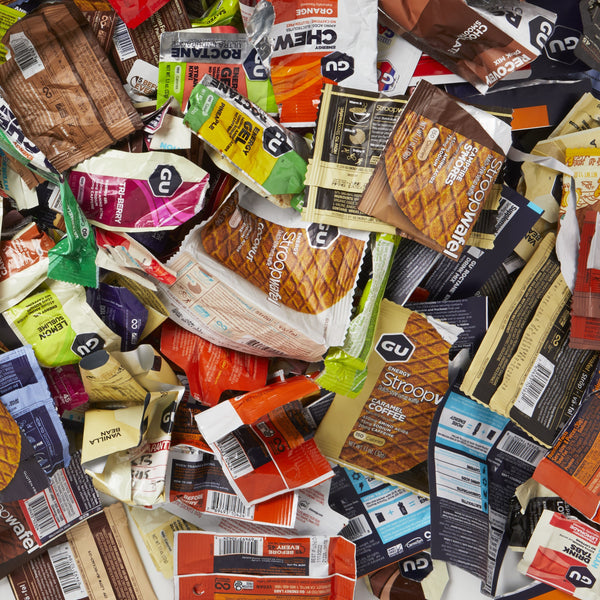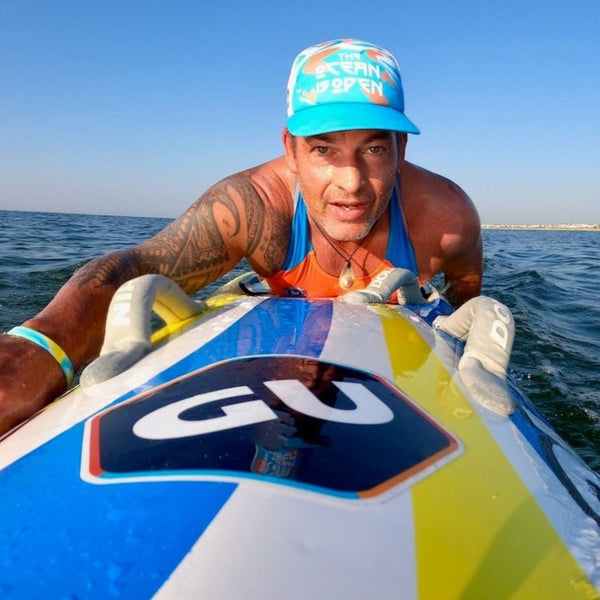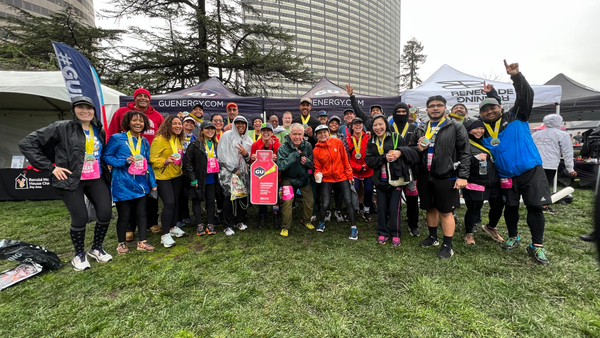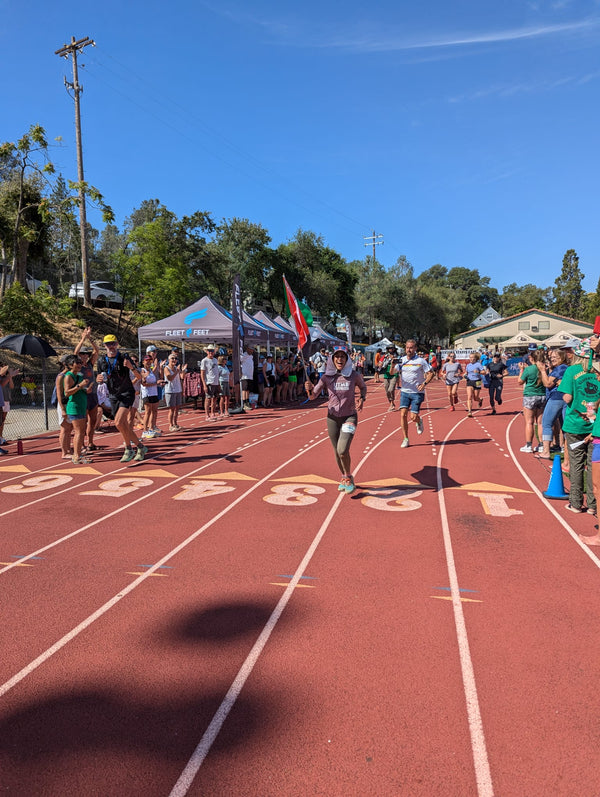Female athletes require nutrition and hydration solutions that fit their unique physiological needs. Read on to find out the best ways to hydrate so you can feel and perform your best.
WHY NAILING YOUR HYDRATION MATTERS
Water is by far the largest component of the human body, making up a whopping 60-70% of the average athlete’s body mass. For a 130-pound woman that’s about 9 gallons of water. And yet, very little of this total body water—a measly 5% of it—is available in the bloodstream to maintain your body’s core temperature. During exercise, as your core temperature rises, up to 60% of cardiac output is redirected to the skin to dissipate heat through sweating and evaporative cooling (1). Staying hydrated is essential to maintaining blood plasma volume, which allows for optimal cardiovascular function as you increase exercise intensity and duration. Bottom line: If you’re not hydrating, your cardiovascular system is going to be working much harder to keep your temp down as you ramp up your exercise.
Dehydration impairs more than just your body.
You may be aware that just 2% body weight loss from dehydration negatively impacts athletic performance, resulting not only in reduced endurance, but also waning motivation, and increased perceived effort (2). But what you may not know is that even as little as 1% body weight loss from dehydration can negatively impact both concentration and mood (3, 4), making prolonged exercise feel harder to maintain and compromising decision-making in stressful situations, which is clearly the opposite of what you need during big efforts.
Hold on a sec…Overhydration can be just as bad.
Before you guzzle that gallon of water though, beware that trying to “hyper-hydrate,” or even unintentionally drinking too much increases the risk of hyponatremia, a life-threatening depletion of blood sodium levels (5). The risk of hyponatremia appears to be greater in females than males, owing to our lower sweat losses during exercise (6). This is especially true during longer events, like marathons and ultra-marathons where the overall intensity and sweat production is lower. The key takeaway, too much of a good thing can become a bad thing, especially for women.
Another complicating factor: Female sex hormones.

Estrogen and progesterone are the two primary female sex hormones, and among many other roles, they can influence the complex systems that have evolved to control thirst, fluid and salt intake (hello, potato chip cravings). While estrogen often acts as a fluid retaining hormone, progesterone tends to act a diuretic, increasing fluid losses. This matters because a woman’s estrogen levels vary over the course of the month. You can think of your cycle as broken out into two phases, the follicular phase (days 1-14) and luteal phase (days 15-28), split by ovulation around mid-cycle. Estrogen levels peak just prior to ovulation (see chart) and higher these estrogen levels are linked to earlier onset of sweating and increased sweating rates.
The luteal phase, with its relatively lower estrogen levels, is associated with higher core body temperature, greater cardiovascular strain during submaximal steady-state exercise, and a higher threshold for the onset of sweating. During this phase there’s also an elevation in progesterone concentration, which not only increases fluid losses, but also alters skin blood flow, and consequently, tolerance to heat stress. Essentially, it’s harder for the body to cool itself during this phase so if you exercise regularly and/or train in warm-to-hot environments, it may be prudent to pay more attention to your hydration during this phase (7).
Not surprisingly, menopause is associated with further changes in thermoregulation, thirst sensation, and water retention. Hormone replacement therapy (HRT) also impacts body temperature, primarily due to the manipulation of estrogen levels.

What does all this mean for the female athlete?
DRINK UP! As an athlete, clearly you sweat more than the average person. Make sure you consume ample fluids (about half your body weight in fluid ounces, or ~65 oz for 130-lb athlete) throughout the day, keeping in mind that about 20% of total fluids come from the foods you eat, such as fruits and vegetables. Adding electrolytes—sodium in particular—will help your body “hold onto” fluids and expand plasma volume.
BUT NOT TOO MUCH. Women are at higher risk for hyponatremia because of lower overall sweating rates and electrolyte losses than men. Being mindful of not overdrinking and consuming electrolytes along with fluids can help reduce the risk.
EVERYONE IS DIFFERENT. Remember that fluid and electrolyte losses vary greatly person to person due to a highly variable sweat rate (typical range 150–3,500 ml/hour), resulting in large differences in sodium losses during exercise (∼50 to 3,500 mg/hr). It’s essential to find the strategy that works for you based on your exercise intensity, duration, clothing, equipment, and environmental factors. Yes, this means a lot of trial and error but think of it as an incredible opportunity to study and learn about yourself!
Here are some starting points.
1. The importance of individualized hydration plans cannot be overemphasized, but a suggested starting drinking rate ranges from 12-24 ounces (0.4 to 0.8L) of fluids per hour of exercise (8).
2. Many athletes use an intuitive “drink to thirst” approach to hydration, although this does result in more body water loss versus drinking on a planned interval/schedule. If unsure, we suggest sipping on fluids every 15-30 minutes.
3. Adding flavor, carbs, and electrolytes to your water makes it taste better and encourages drinking, while the slightly hypotonic (dilute) composition speeds gastric emptying and facilitates fluid absorption.
4. We recommend athletes begin by targeting 300-800 mg sodium replenishment per hour of exercise and figure out what works best individually from there. As a point of reference, both GU Hydration Drink Tabs and Roctane Energy Drink Mix have 320 mg sodium per serving. Our Roctane Electrolyte Capsules have 140 mg sodium per capsule.
5. Limiting body water/weight loss to less than 2% is advisable for most athletes during training/competition, but ultra-endurance athletes tend to lose more (3-5%) because they are losing both water and metabolic substrate (muscle glycogen, fat, etc.) over a much longer period. If you're undertaking an ultra-endurance effort (generally >4 hours), keep in mind that you might lose more than 2% bodyweight and still be okay. You should still try to drink to thirst or stick to a schedule of sipping something every 15-30 minutes.
6. Gaining weight during prolonged exercise may be a sign that you are overdrinking. If you sense fluids sloshing around in your stomach, best to back off a little.
The Big Takeaway
Women have unique hydration needs due to fluctuations in female sex hormones, smaller muscle mass and metabolic heat production, and lower overall sweat rates and electrolyte losses. As a result, women need to be more mindful of fluid and electrolyte intake during different times of the month. That means tracking your menstrual cycle and being aware that shifts in water retention and loss can make you more susceptible to dehydration, particularly during the luteal phase (days 15-28 of your cycle). Let’s face it, you’ve known there was something to those salty snack cravings all along. The best thing you can do is drink to thirst most of the time, and add electrolytes when exercising, particularly when exercising in the heat or when access to fluids is restricted.
References
- Rowell LB. Human cardiovascular adjustments to exercise and thermal stress. Physiological reviews. 1974;54(1):75-159.
- Cheuvront SN, Kenefick RW, Montain SJ, Sawka MN. Mechanisms of aerobic performance impairment with heat stress and dehydration. Journal of Applied Physiology. 2010;109(6):1989-95.
- Ganio MS, Armstrong LE, Casa DJ, McDermott BP, Lee EC, Yamamoto LM, et al. Mild dehydration impairs cognitive performance and mood of men. British Journal of Nutrition. 2011;106(10):1535-43.
- Armstrong LE, Ganio MS, Casa DJ, Lee EC, McDermott BP, Klau JF, et al. Mild Dehydration Affects Mood in Healthy Young Women. The Journal of Nutrition. 2012;142(2):382-8.
- Hew-Butler T, Smith-Hale V, Pollard-Mcgrandy A, Vansumeren M. Of Mice and Men—The Physiology, Psychology, and Pathology of Overhydration. Nutrients. 2019;11(7):1539.
- Hackney AC. Sex hormones, exercise and women: scientific and clinical aspects: Springer; 2016.
- Wohlgemuth KJ, Arieta LR, Brewer GJ, Hoselton AL, Gould LM, Smith-Ryan AE. Sex differences and considerations for female specific nutritional strategies: a narrative review. Journal of the International Society of Sports Nutrition. 2021;18(1).
- Zak TK, Hylden CM, Johnson AE. Hydration Strategies for the Female Tactical Athlete. US Army Medical Department Journal. 2018.

